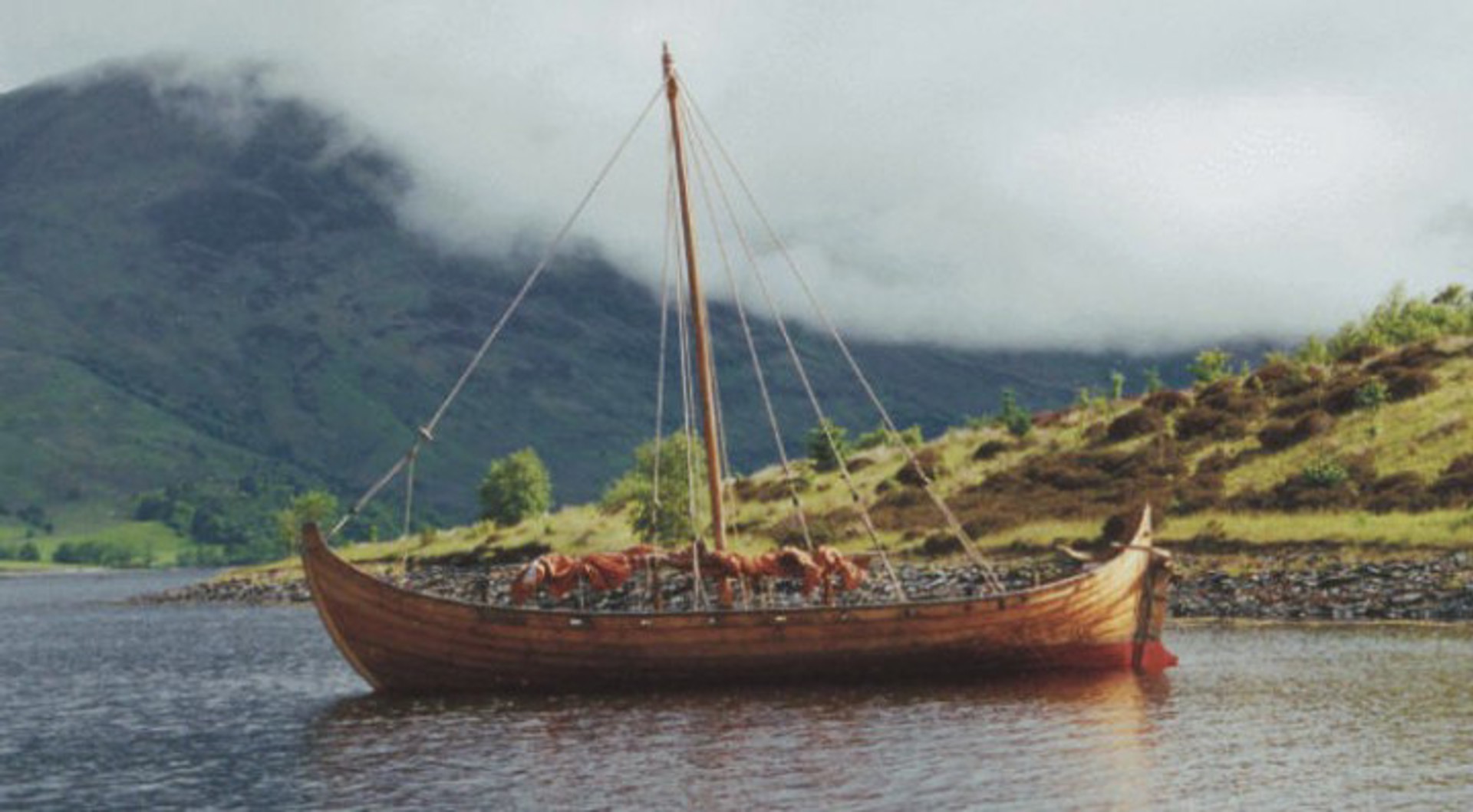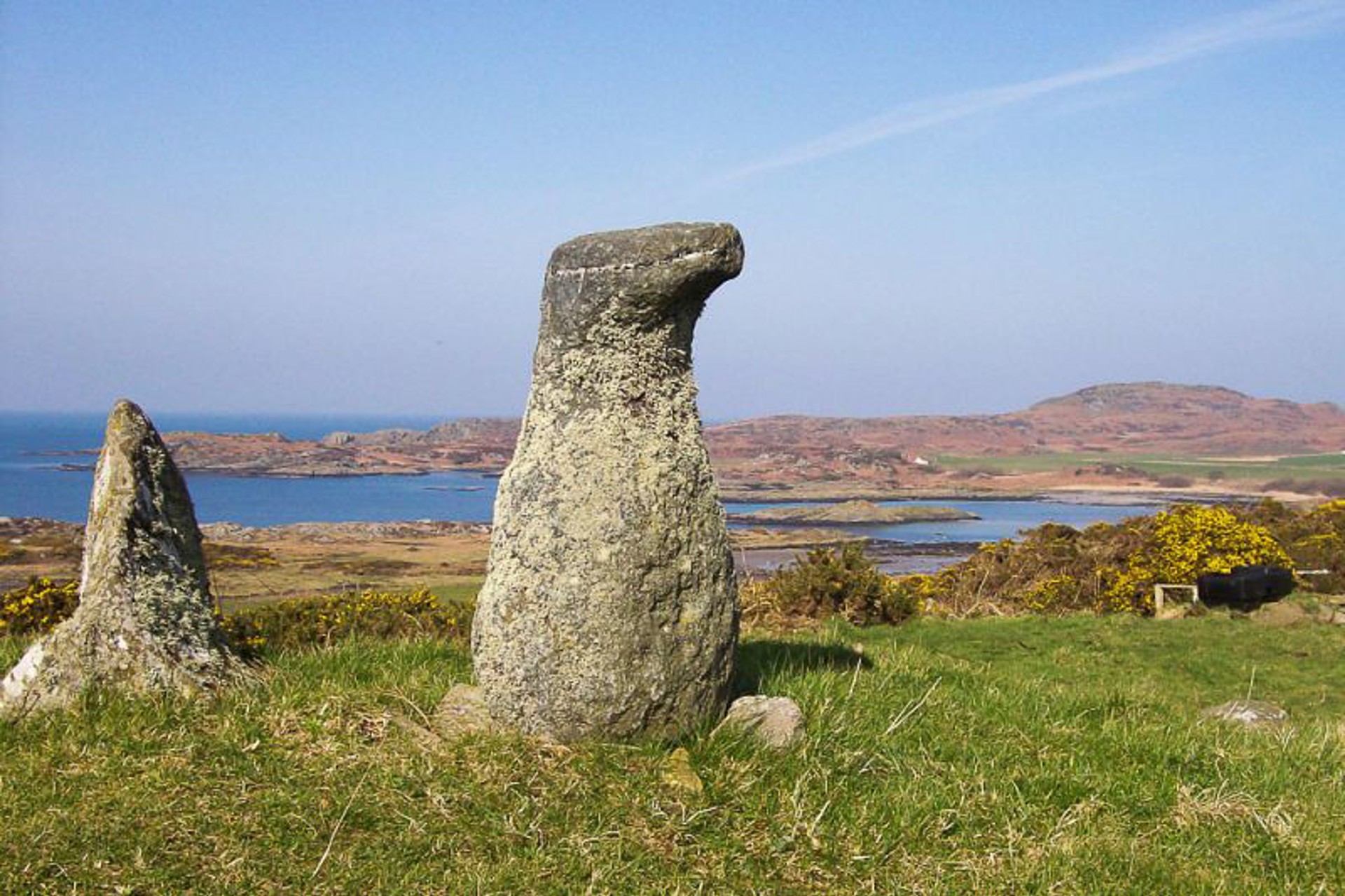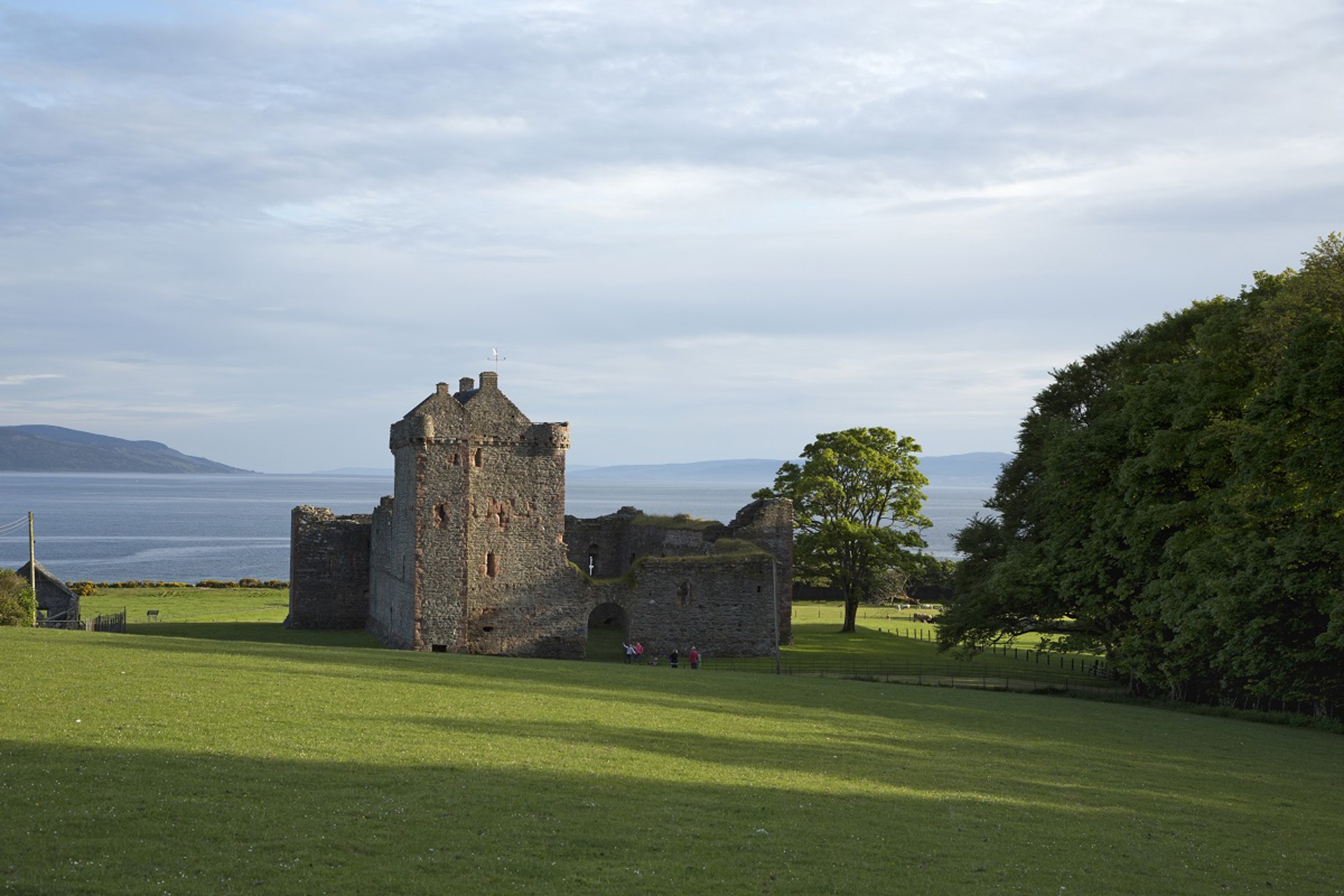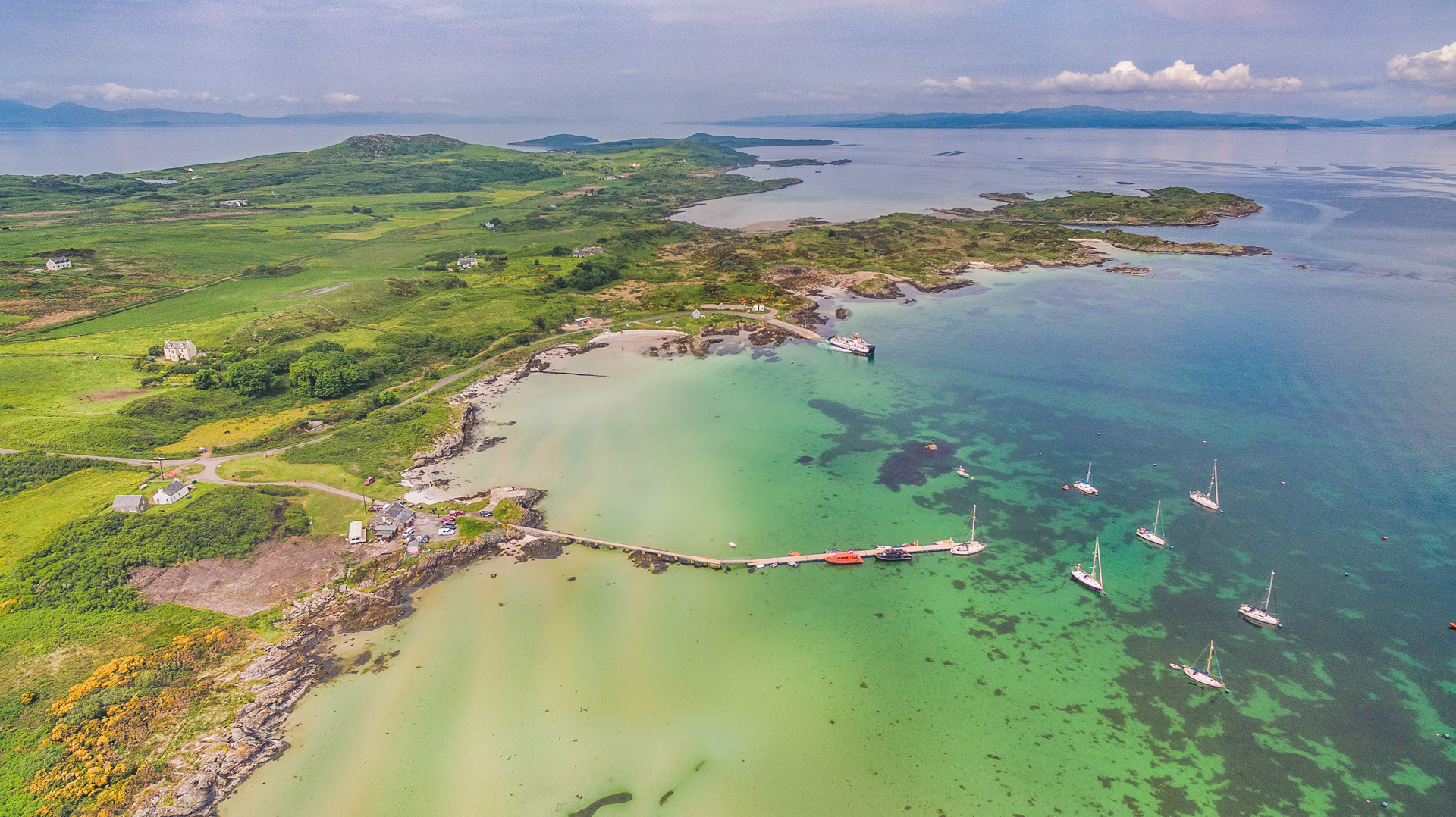Discover Viking Kintyre
It may be the epitome of peace and tranquillity today, but Kintyre, the Argyll peninsula stretching south towards Ireland, has a turbulent and bloody past. Fought over, invaded, captured and recaptured, this finger of land has a story to tell that’s as epic as the landscape itself. And not least in contributing to that story were the Vikings.
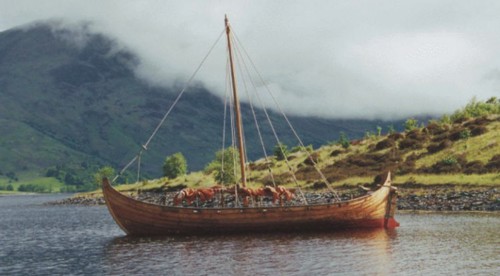
Kintyre's Viking History
There’s no precise historical record of their interaction with the area, but it’s thought that they were present either as raiders or rulers on much of the western seaboard of Scotland from around the late 8th century until the 13th century. The Vikings or Norsemen came from modern day Norway and would have had their first contact with Argyll through raiding parties keen to carry off whatever booty they could back to their homeland. But over time some chose to settle in Scotland and a hybrid Norse-Gaelic culture began to emerge.
Famously, in 1098 one particular Viking, Magnus Barefoot, claimed the ‘island’ of Kintyre. He was granted control by the Scottish King Edgar of all islands west of the mainland in exchange for peace. This reportedly gave him every island a ship could reach with its rudder set. Refusing to recognise the narrow strip of land which connects West and East Loch Tarbert, Magnus had his men carry him and his longship from west to east, creating (possibly) the first mainland island!
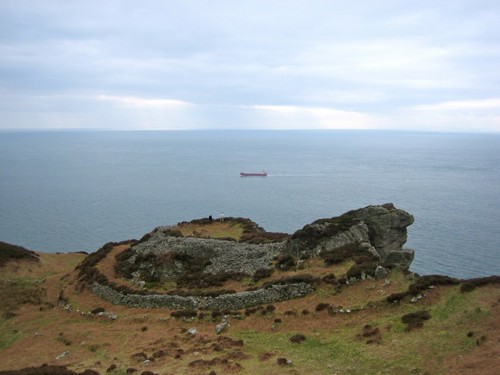
Visit Loch Fyne Viking Festival
Can you imagine what a sight this would have been? Well you don’t need to imagine, as this is just one of the highlights of the Loch Fyne Viking Festival, which is held annually in Tarbert, Kintyre. As part of the festival, volunteers pull a full-size replica Viking longship – built especially for the festival - from the West Loch to the East Loch in Tarbert. There are always lots of other Viking activities and entertainment taking place throughout the festival, from Viking skirmishes to Viking music, as well as Viking raids up and down Loch Fyne. The festival is taking a break for 2016, but look out for announcements about 2017.
Today's Viking remains
So what else can you see of the Viking presence today in Kintyre? Due to the use of wood as their primary building material, there are no buildings left that date from Viking times. There are also few artefacts. What hard evidence there is can be found in place names, Norse linguistic influences and to some extent in the DNA of modern day Scots. In some parts of Scotland the Vikings appear to have obliterated local place names, while in others – Kintyre is a good example – Gaelic, Norse and hybridised place names are to be found.
You need to use your imagination to discover Viking Kintyre. But in this wild, rugged and beautiful landscape, it’s not hard to picture a Viking longship on the horizon. When it lands on the beach and some real-life Vikings come charging up the sands towards you, don’t worry! You’ve stumbled upon the Loch Fyne Viking Festival!
